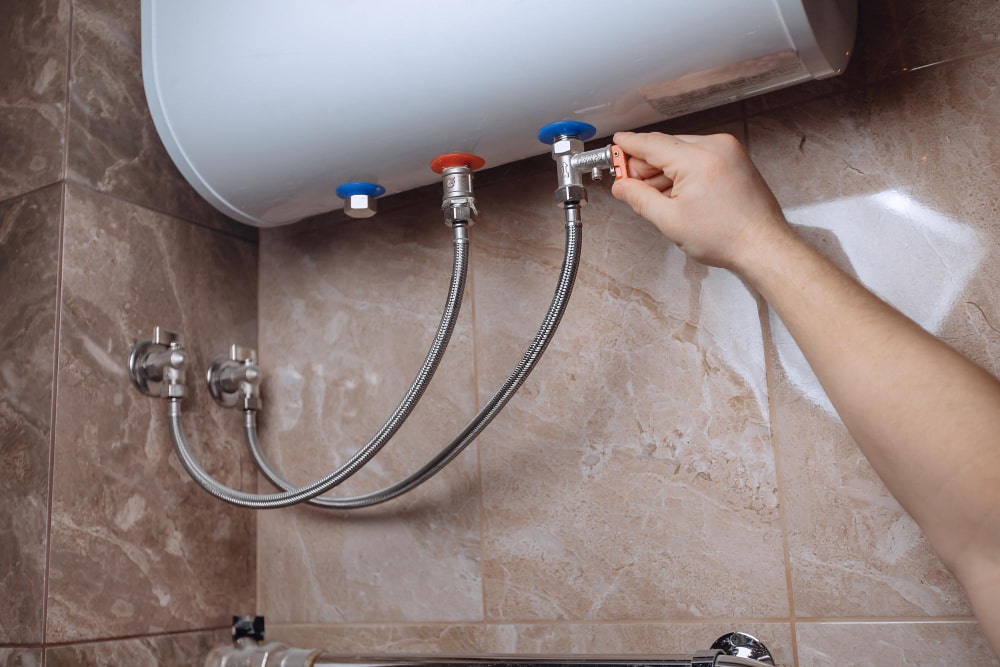Easy Steps to Maintaining Your Home's Hot Water SystemEffective Techniques for Caring for Your Home's Hot Water SystemStep-by-Step Guide to Maintaining Your Home's Hot Water System
Easy Steps to Maintaining Your Home's Hot Water SystemEffective Techniques for Caring for Your Home's Hot Water SystemStep-by-Step Guide to Maintaining Your Home's Hot Water System
Blog Article
How do you feel in relation to How to Maintain a Hot Water Heater in a Few Simple Steps?

Warm water is necessary for daily convenience, whether it's for a revitalizing shower or cleaning meals. To guarantee your warm water system runs effectively and lasts much longer, normal maintenance is vital. This article provides sensible pointers and insights on just how to preserve your home's hot water system to avoid interruptions and pricey fixings.
Introduction
Keeping your home's warm water system might appear complicated, yet with a few straightforward steps, you can ensure it runs smoothly for many years ahead. This overview covers every little thing from recognizing your hot water system to do it yourself maintenance suggestions and knowing when to hire expert assistance.
Relevance of Keeping Your Warm Water System
Regular upkeep not only expands the life-span of your warm water system however likewise ensures it runs successfully. Neglecting maintenance can lead to reduced effectiveness, greater energy bills, and even premature failure of the system.
Indicators Your Hot Water System Demands Upkeep
Recognizing when your warm water system requires attention can avoid major problems. Watch out for indicators such as irregular water temperature level, weird sounds from the heater, or rusty water.
Understanding Your Hot Water System
Before diving into maintenance tasks, it's useful to understand the fundamental components of your hot water system. Generally, this consists of the hot water heater itself, pipelines, anode poles, and temperature level controls.
Month-to-month Upkeep Tasks
Routine month-to-month checks can assist catch minor issues prior to they rise.
Purging the Hot Water Heater
Purging your water heater eliminates sediment accumulation, enhancing effectiveness and prolonging its life.
Checking and Changing Anode Rods
Anode poles protect against deterioration inside the storage tank. Inspecting and changing them when broken is critical.
Evaluating and Adjusting Temperature Setups
Readjusting the temperature level settings ensures optimal efficiency and security.
Do It Yourself Tips for Upkeep
You can do numerous maintenance tasks yourself to keep your hot water system in leading condition.
Checking for Leakages
Consistently examine pipes and links for leakages, as these can result in water damage and greater expenses.
Testing Stress Alleviation Valves
Evaluating the stress safety valve ensures it operates properly and avoids too much stress buildup.
Shielding Pipelines
Insulating warm water pipes reduces warm loss and can conserve energy.
When to Call a Professional
While do it yourself maintenance is beneficial, some problems need specialist expertise.
Complex Concerns Needing Professional Assistance
Examples consist of significant leaks, electrical troubles, or if your water heater is constantly underperforming.
Routine Specialist Maintenance Benefits
Expert upkeep can include thorough assessments, tune-ups, and guaranteeing conformity with security criteria.
Final thought
Normal maintenance of your home's warm water system is important for performance, longevity, and price financial savings. By following these ideas and knowing when to look for professional aid, you can make certain a reputable supply of warm water without unanticipated disturbances.
How to Maintain an Instant Hot Water Heater
Before tinkering with your hot water heater, make sure that it’s not powered on. You also have to turn off the main circuit breaker and shut off the main gas line to prevent accidents. Also turn off the water valves connected to your unit to prevent water from flowing into and out of the appliance. 2. When you’re done, you have to detach the purge valves’ caps. These look like the letter “T” and are situated on either side of the water valves. Doing so will release any pressure that has accumulated inside the valves while at the same time avoid hot water from shooting out and burning your skin. 3. When the purge valves’ caps are removed, you have to connect your hosing lines to the valves. Your unit should have come with three hoses but if it didn’t, you can purchase these things from any hardware or home repair shops. You can also get them from retail stores that sell water heating systems. Read the user’s manual and follow it to complete this task properly. When the hosing lines are connected, open the purge port’s valves. 4. You should never use harsh chemical cleaners or solutions when cleaning your unit. Make use of white vinegar instead. It should be undiluted and you’ll probably use about 2 gallons. 5. Now flush your water heater. This task should probably take about 40 minutes. We can’t give you specific directions for this because the procedure is carried out depending on the type, model and brand of your heater. With that being said, refer to the user’s manual. 6. When you’re done draining the unit, you have to turn off the purge port valves again. Remove the hosing lines that you earlier installed on each of the water valves. Put the valve caps (purge port) back in their respective places and be very careful so as not to damage the rubber discs that are found inside these caps. 7. Now that everything’s back in place, check your user’s manual again to find out how to reactivate your water heating system. 8. Once it is working, turn one of your hot water faucets on just to let air pass through the heater’s water supply pipes. Leave the tap on until water flows smoothly out of it. https://www.orrplumbing.com/blog/2014/september/how-to-maintain-an-instant-hot-water-heater/

Hopefully you liked our section on Tips on Maintaining a Water Heater. Thank you so much for taking the time to read our article post. Enjoyed reading our piece of writing? Please quickly share it. Let others check it out. Thank you so much for taking the time to read it.
Visit The Following Page Report this page